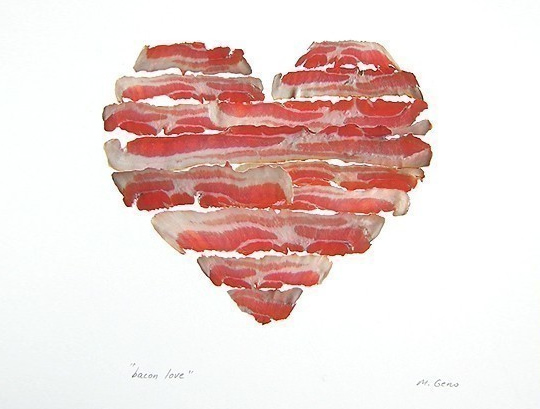Once again, inspired by the awesomeness that is Pinterest, I got crafty and decided to tackle this intricate light fixture that I've seen time and time again on the site. The reason why I thought I could possibly accomplish the task is that I have rekindled my passion for origami in the last year, particularly, I have fallen in love with modular origami, which is easier than it looks. Here are some of my creations:


But I digress... Anyways, my first thought was to use the pieces that make up the globe out of plastic, and immediately I thought of milk gallons, since my family goes through one a day. I figured out the pattern, and was able to cut out one piece out of a milk gallon jug, but that's when I abandoned the idea of making this thing out of the milk jugs, because the milk jugs around here only have one flat side suitable for cutting the pattern out, and that would mean sixty jugs, I would probably get discouraged and not finish the project by then. But that first piece I cut out from the milk jug came in handy as a sturdy template for later on. Here is a picture of the template (my son Grant nickamed it "happy hot dog man", after something silly he saw on tv):
The actual hot dog guy is just short of 6" tall, and the finished globe is about 16" round.
I decided to make the globe out of paper, I bought 3 sheets of poster board, I wish I could come up with a better material, and if anyone out there has suggestions, I'd love to hear it. I thought of sheets of cork, as the local dollar store had 2 sheets (about 12 inches square) for $ 2, but I found they were too thick, and hard to cut, because the edges crumble.
Well, it turns out I neeeded 60 happy hot dog men. Which meant a lot of tracing, and cutting. I would get tired of just tracing or just cutting, so I did a bit of both and some assembly in between.
The next step was to get some fasteners (I got mine at Staples, 1" brass, the kind that has two little legs that spread apart). Like so:
I had a box kicking around that was almost full, I don't know how many, but there were a lot of them. I had to run out and get a second box, so do yourself a favor and get lots of these. No, I'm not about to count how many. Sorry!
Anyways, next, I joined five hot dog men together through the center with one of the fasteners, and again, at all the sides, to form a snow-flake type of thingie (12 snowflakes are needed for the globe):
I realize now that I did not join the sides with the fasteners when the picture was taken, so the best way to explain it is that you join all the little heads together (as the picture demonstrates), next you attach their little hands with fasteners (5 more fasteners needed), and leave their little legs dangling for the next step. I also forgot to mention that you should puncture the places where the fasteners will go (that is, all the "heads", "hands" and "feet") ahead of time, I used a metal skewer.
I wish I could explain in detail how the globe goes together,but this is one of those things that go together quite organically, and the explanation would be more complicated than the actual process. Once you have the snowflake pieces ready and start assembly, the only thing to remember is that aside from the center of each snowflake, all the other joints will be made out of 3 limbs, so you will always be joining either a foot or a hand to another one, and the whole thing starts forming a round shape naturally:
Don't be intimidated by the assembly, like modular origami, it only looks hard. Here is the finished globe:
I welcome suggestions for construction materials, I will post more pictures once my husband finds the time to actually make this into a light fixture.
UPDATE: My awesome husband was kind enough to take the old fixture down and hang the globe for me. I think I will make a bigger globe for this space, once I have found a more suitable material (ideas, please!).















































